 Abraham Lincoln
If given the truth, the people can be depended upon to meet any national crisis...
Abraham Lincoln
If given the truth, the people can be depended upon to meet any national crisis...
 Guildford news...
for Guildford people, brought to you by Guildford reporters - Guildford's own news service
Guildford news...
for Guildford people, brought to you by Guildford reporters - Guildford's own news service
Birdwatcher’s Diary No.273
Published on: 18 Feb, 2023
Updated on: 18 Feb, 2023
By Malcolm Fincham
High pressure continued to dominate the weather during the first weeks of February maintaining dry and settled conditions throughout southern regions of the UK.
Although night-time frosts prevailed for the most part, a pleasant warmth could be felt in sun when it shone.
Daylight hours were now gradually, but notably beginning to extend adding a few minutes to each day for my photography. A brief optimism of spring passed in my thoughts as a few noteworthy signs began to reveal themselves.
For the first time I heard the sound of a blackbird singing several gardens up from where I live. The first I’d heard since they had fallen silent in late July last year.
Delightfully adding a wishful tune to that of this winter’s robin that has been singing in my backyard.
At Britten’s Pond, off Salt Box Road, Worplesdon, a group of 20 or so black-headed gulls continued to frequent the pond.
One of which had begun to develop some of its summer plumage.
Several cormorants that continued to circle the pond from time to time could also be seen to be starting to develop their spring white feather patches, contrasting their sheen of black.
On one particularly sunny day a pair of common buzzards could be seen circling together over the pond.
While a red kite continued to be a common sight in the area.
A few Canada geese had made a return to to the pond making a noisy rumpus as they confronted each other, in what appeared to be early spring courtship.
A pair of Egyptian geese continued to make their daily visit.
While the pair of resident greylag geese remain.
Moorhens were looking rather colourful in the sunlight.
A male kingfisher continued to be seen there, on various perches around the pond.
And on February 14, a drake tufted duck made a rare appearance.
Around the pond dunnocks were in song and several nuthatches could be heard calling.
And a treecreeper nimbly crept up a tree, checking its bark for insects.
For the rooks at the back of the pond, their breeding season had already begun.
While blue tits and great tits heartedly sang, already prospecting possible nest sites.
A circa of long-tailed tits, still in loosely assembled groups, traversed the treeline and hedgerows seeking for insects to feed on.
While wintering redwings could still be noted feeding on ivy berries.
Wood pigeons also joined in to plunder the spoils.
At Worplesdon Churchyard at Perry Hill snowdrops had broken out into blossom.
A firecrest could be heard and seen as it flitted about in one of the holly bushes.
It had certainly been one of the quietest winters in recent years for the influx of wintering bird species around the Surrey Hills, with very few sightings of the ‘finch’ flocks usually seen.
The most sightings I had noted in recent weeks had been at Effingham Forest where they can usually be seen in good numbers, but even there they were much fewer in numbers.
Although crossbills are a highly irruptive species, usually a few can be seen around the Surrey pine forest areas during winter.
It was therefore quite a rarity to have 10 fly over calling, in a group at Dick Fock’s Common, Effingham, on a recent visit, the first I had seen since early last summer.
A few hawfinches continued to be seen there.
But bramblings, although a few were present, were greatly fewer than the vast numbers seen last winter.
Although a handful of siskins were also still present, lesser redpolls continued to be non-existent.
On February 8, while there, I had my first butterfly sighting of the year, a red admiral. This was just a day earlier than the first one I saw in Worplesdon Churchyard last year.
Out from hibernation it was optimistically taking in some midday warmth as it perched, wings open, on a pile of dead leaves.
A couple of visits out to the farmlands at Shackleford, near Godalming, were inspirational to my thoughts. There has been much biodiversity work carried out in recent times including hedgerow planting and crops left for winter seed, thus encouraging a variety of wintering birds to visit.
A welcomed sound on my arrival were the skylarks in song, with at least 30 counted on my walk around the fields.
A large flock of well over 100 linnets could be seen feeding in the seed-laden crops. Among them groups of goldfinches were also present.
About the hedgerows small groups of reed buntings could be seen as they dipped in and out of the plentiful food source in one of the fields.
Even a few yellowhammers could be picked out within the hedgerow to photo.
Although several corn buntings had been seen there in recent days, they remained too elusive for my camera lens.
I did, however, managed a ‘record-shot’ of one of the two Dartford warblers, still present.
As well as a few stonechats as they perched up.
Across the grasslands, a group of up to 100 fieldfares could be viewed.
Also in the field, four roe deer were present.
Male pheasants were now looking particularly smart.
The most pleasing sight on my visit had to be the distant view I picked out of a little owl, firstly spotted in a hole in the oak tree.
Then later perched out on one of its branches.
Responses to Birdwatcher’s Diary No.273
Leave a Comment Cancel replyPlease see our comments policy. All comments are moderated and may take time to appear.
Recent Articles
- Guildford Institute’s Crowdfunding Project for Accessible Toilet in its New Community and Wellbeing Centre
- Letter: Guildford – Another Opportunity Missed?
- Letter: GBC’s Corporate Strategy – Where Is the Ambition?
- My Memories of John Mayall at a Ground-breaking Gig in Guildford Nearly Six Decades Ago
- Westborough HMO Plans ‘Losing the Heart of the Street’ Says Resident
- College Invests to Boost Surrey’s Economy and Close Digital Skills Gap
- Community Lottery Brings Big Wins for Local Charities
- GBC Housing Plan Promises ‘A Vibrant Urban Neighbourhood’ Near Town Centre
- Hospital Pillows ‘Shortage’ at the Royal Surrey
- Updated: Caravans Set Up Camp at Ash Manor School


Recent Comments
- Ian Macpherson on Updated: Main Guildford to Godalming Road Closed Until August 1
- Sara Tokunaga on GBC Housing Plan Promises ‘A Vibrant Urban Neighbourhood’ Near Town Centre
- Michael Courtnage on Daily Mail Online Reports Guildford Has Highest-paid Council Officer
- Alan Judge on GBC Housing Plan Promises ‘A Vibrant Urban Neighbourhood’ Near Town Centre
- John Perkins on GBC Housing Plan Promises ‘A Vibrant Urban Neighbourhood’ Near Town Centre
- S Collins on GBC Housing Plan Promises ‘A Vibrant Urban Neighbourhood’ Near Town Centre
Search in Site
Media Gallery
Dragon Interview: Local Artist Leaves Her Mark At One of England’s Most Historic Buildings
January 21, 2023 / No Comment / Read MoreDragon Interview: Lib Dem Planning Chair: ‘Current Policy Doesn’t Work for Local People’
January 19, 2023 / No Comment / Read MoreA3 Tunnel in Guildford ‘Necessary’ for New Homes, Says Guildford’s MP
January 10, 2023 / No Comment / Read More‘Madness’ for London Road Scheme to Go Ahead Against ‘Huge Opposition’, Says SCC Leader
January 6, 2023 / No Comment / Read MoreCouncillor’s Son Starts Campaign for More Consultation on North Street Plan
December 30, 2022 / No Comment / Read MoreCounty Council Climbs Down Over London Road Works – Further ‘Engagement’ Period Announced
December 14, 2022 / No Comment / Read MoreDragon Interview: GBC Reaction to the Government’s Expected Decision to Relax Housing Targets
December 7, 2022 / No Comment / Read MoreHow Can Our Town Centre Businesses Recover? Watch the Shop Front Debate
May 18, 2020 / No Comment / Read More



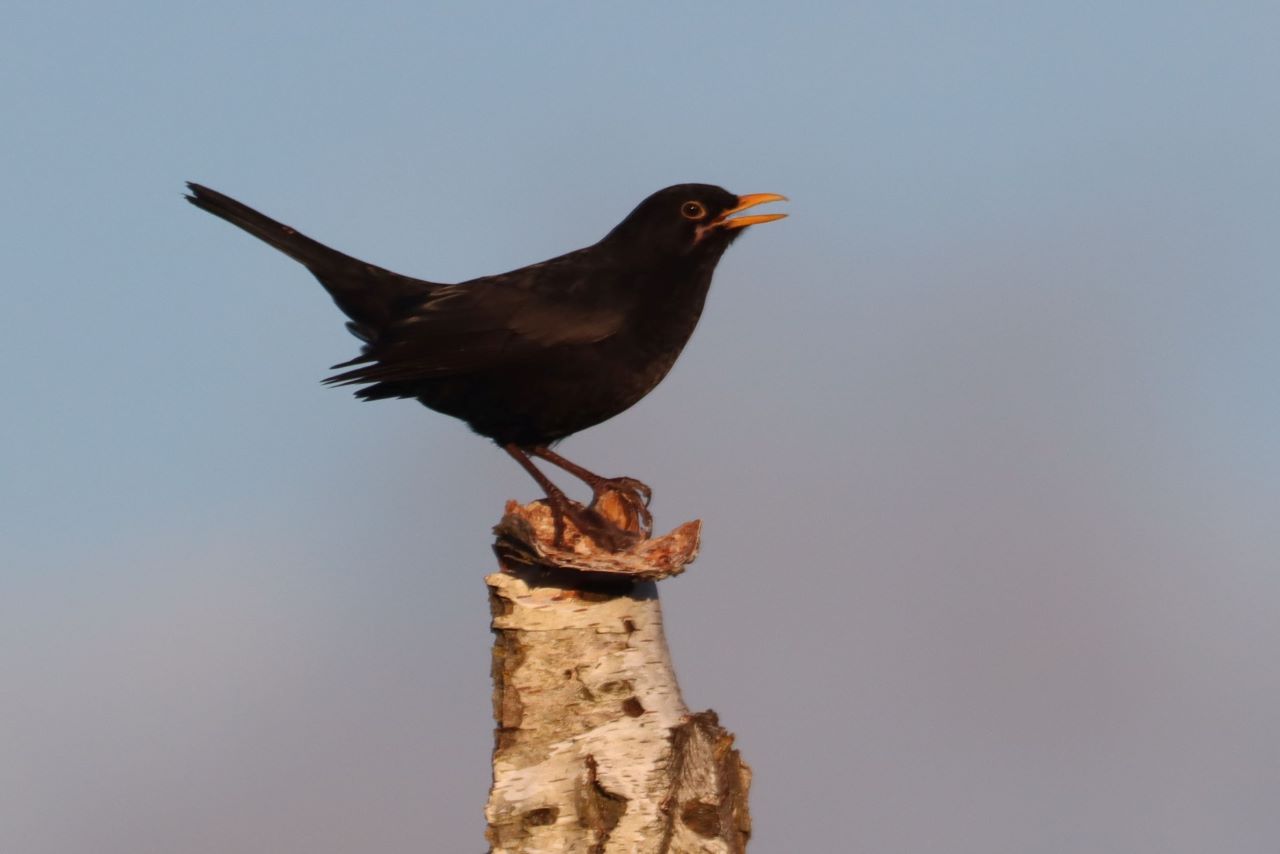
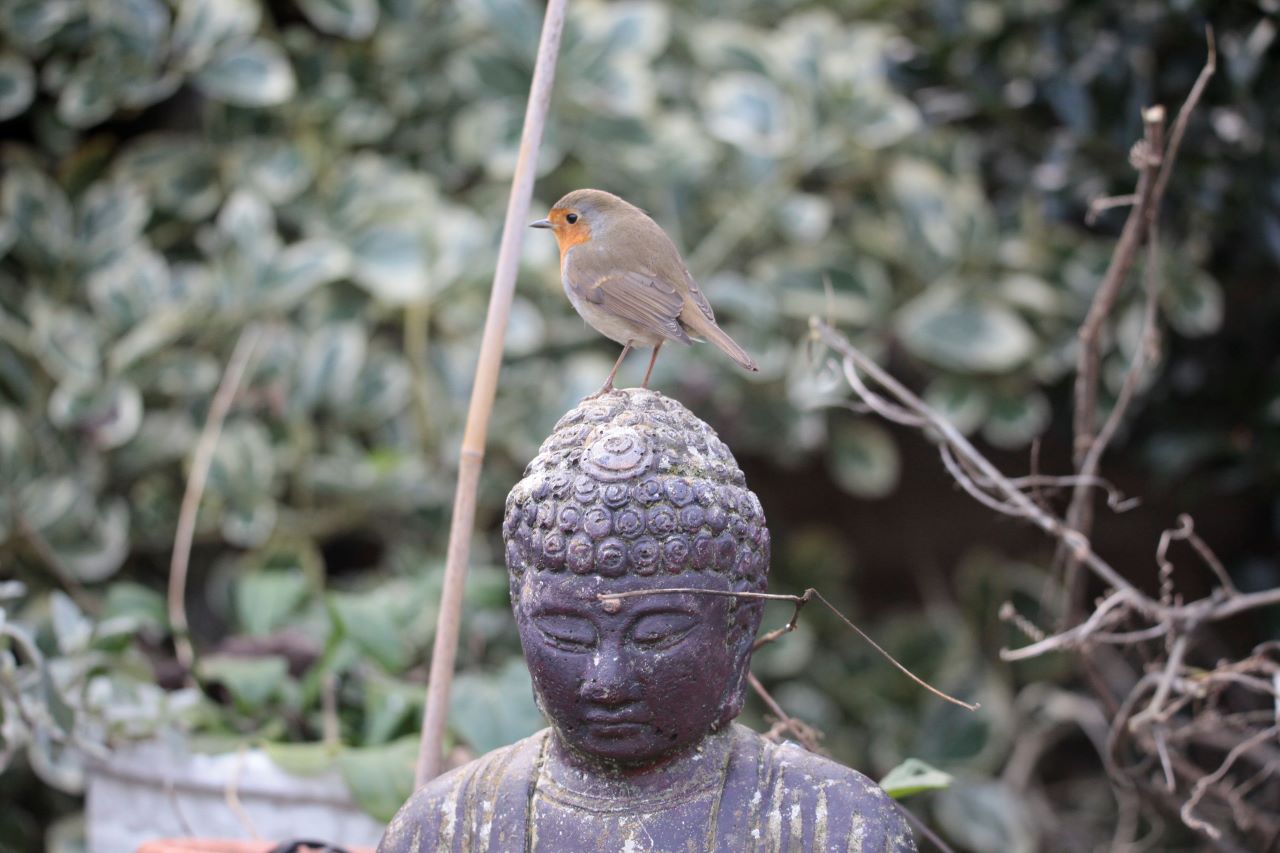
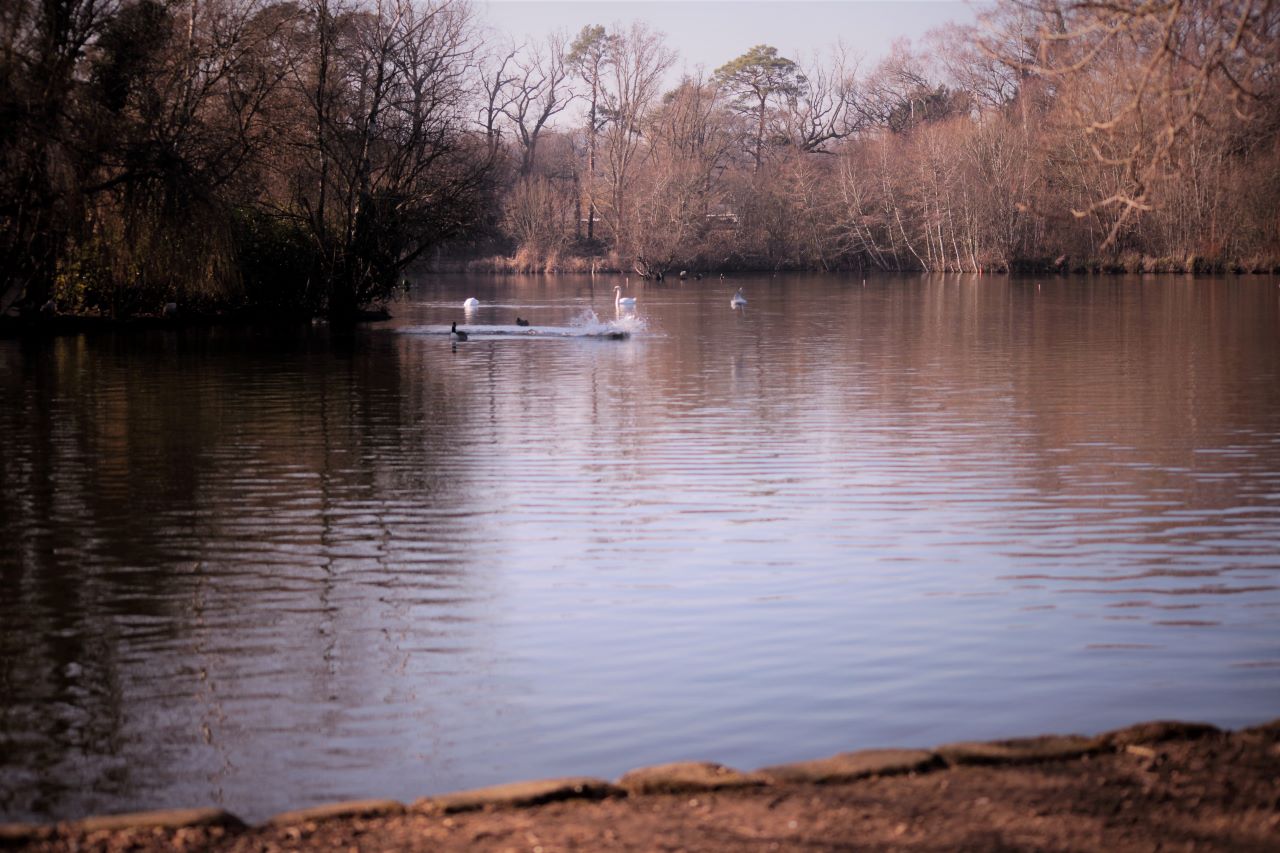
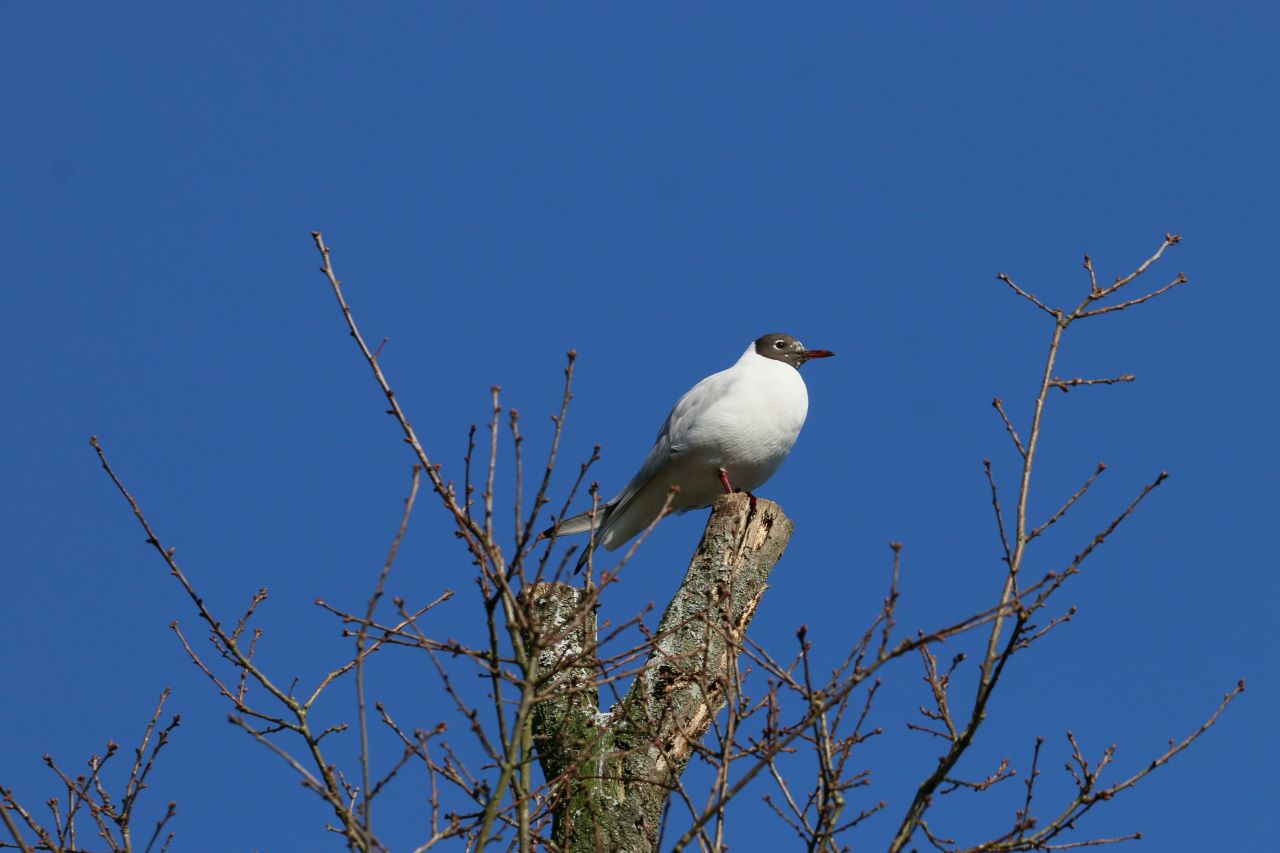

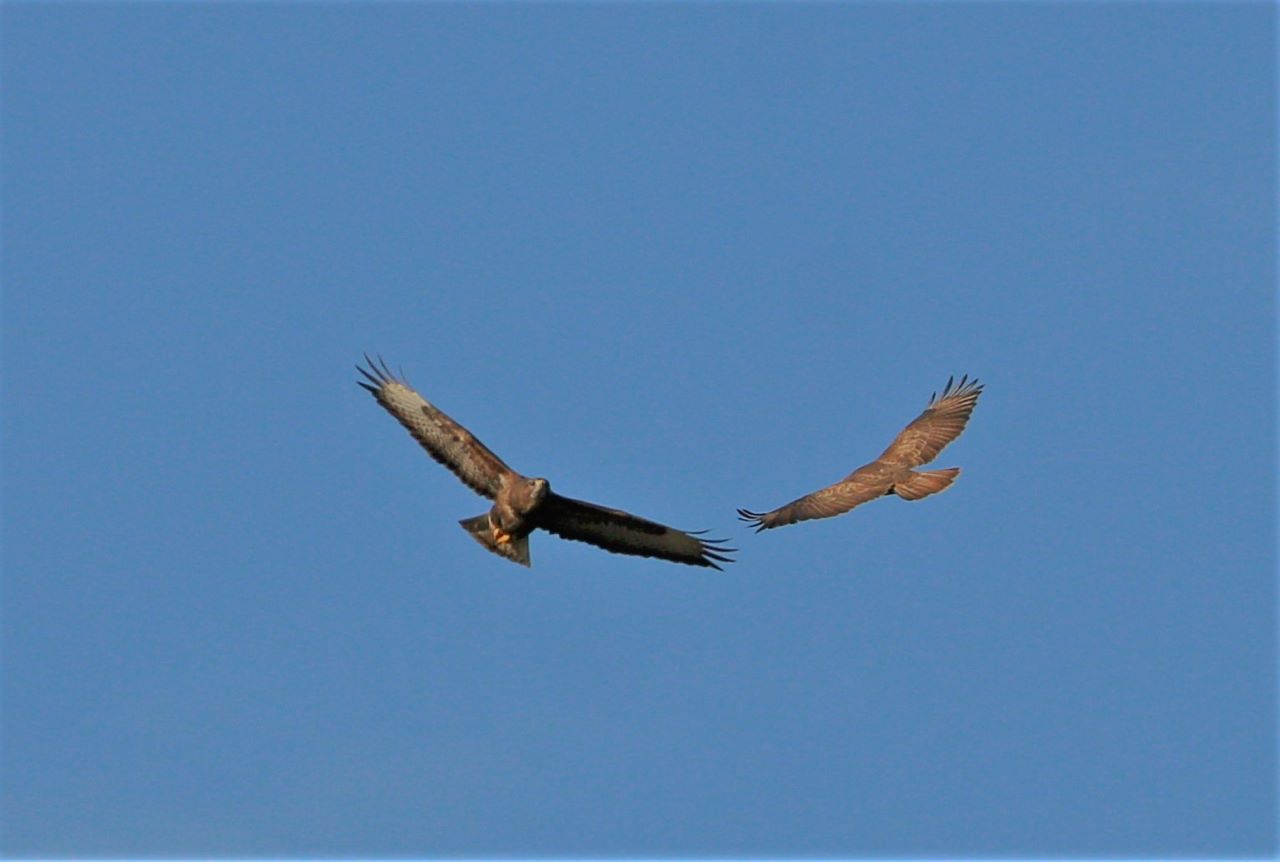
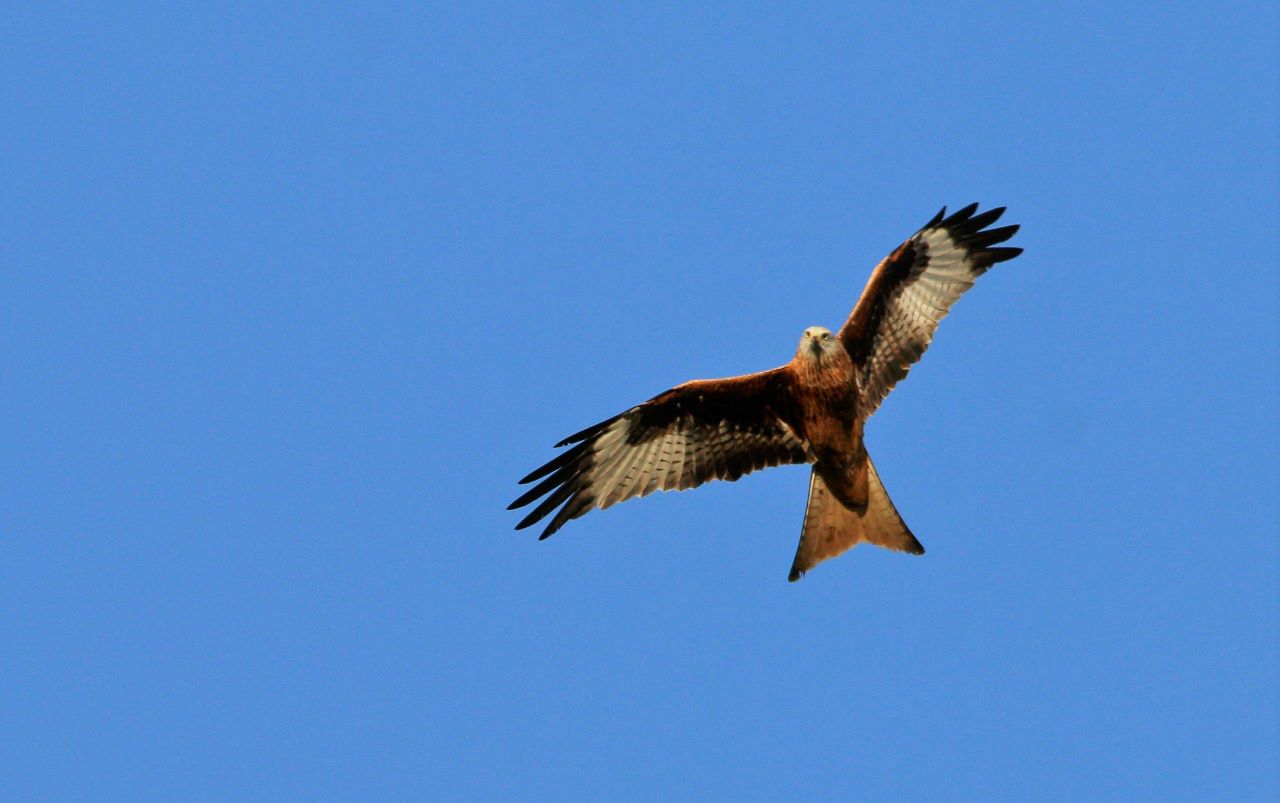
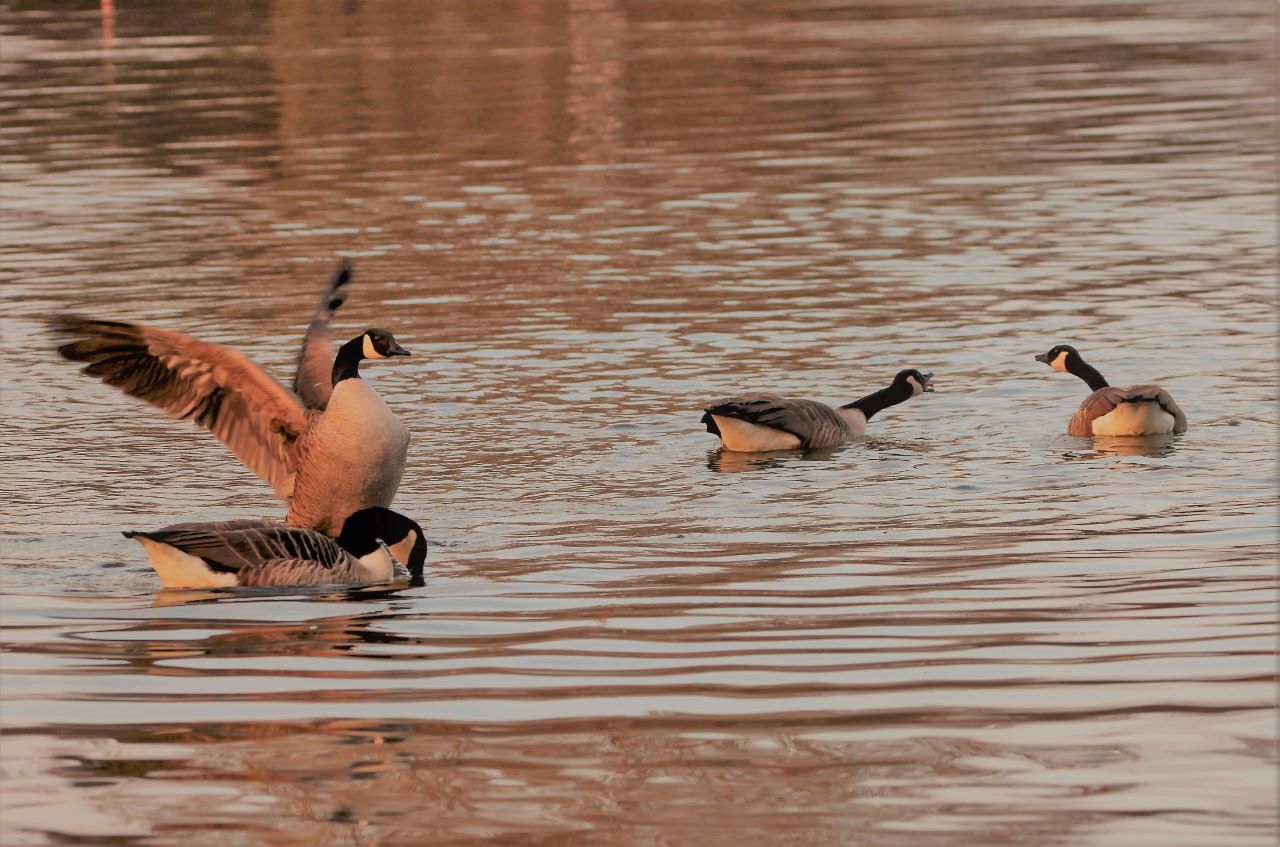
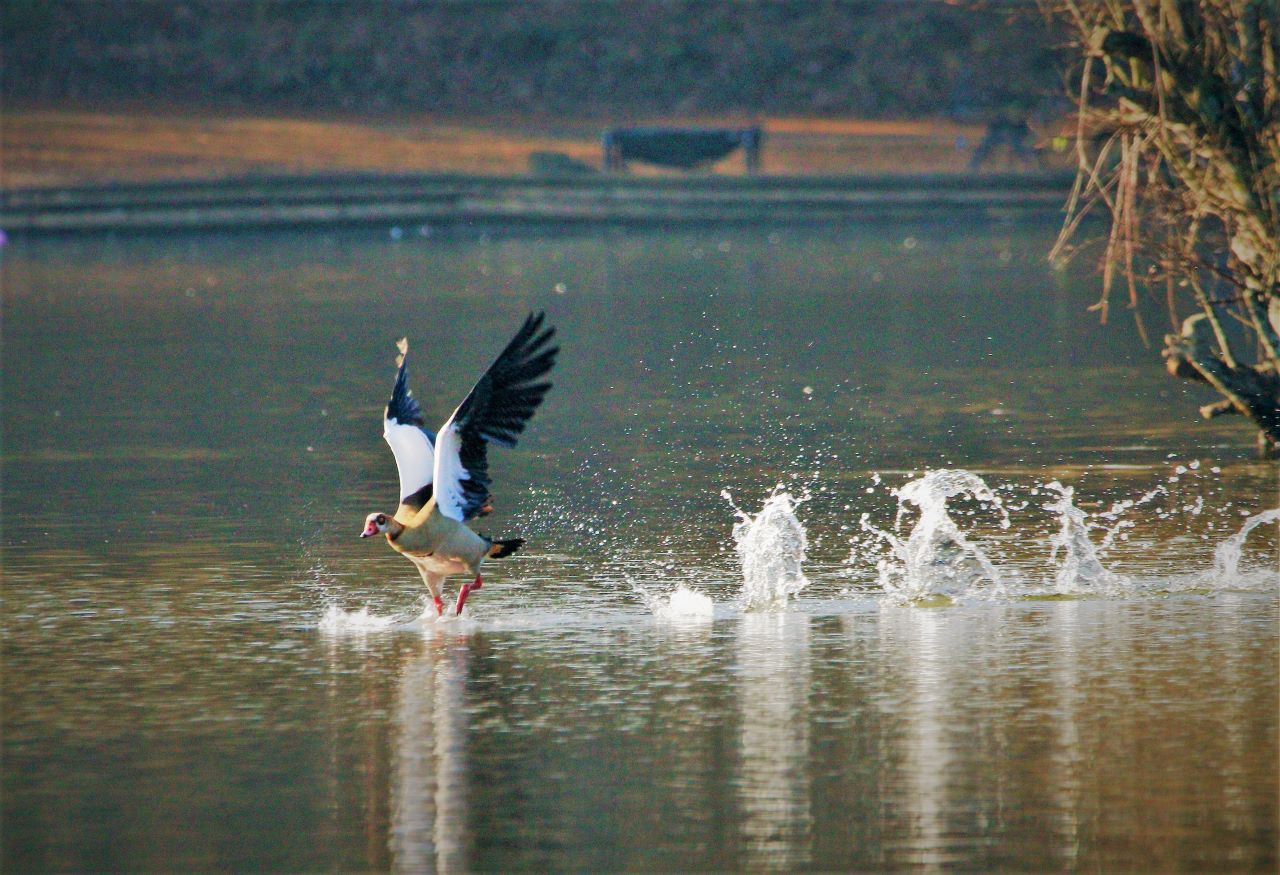
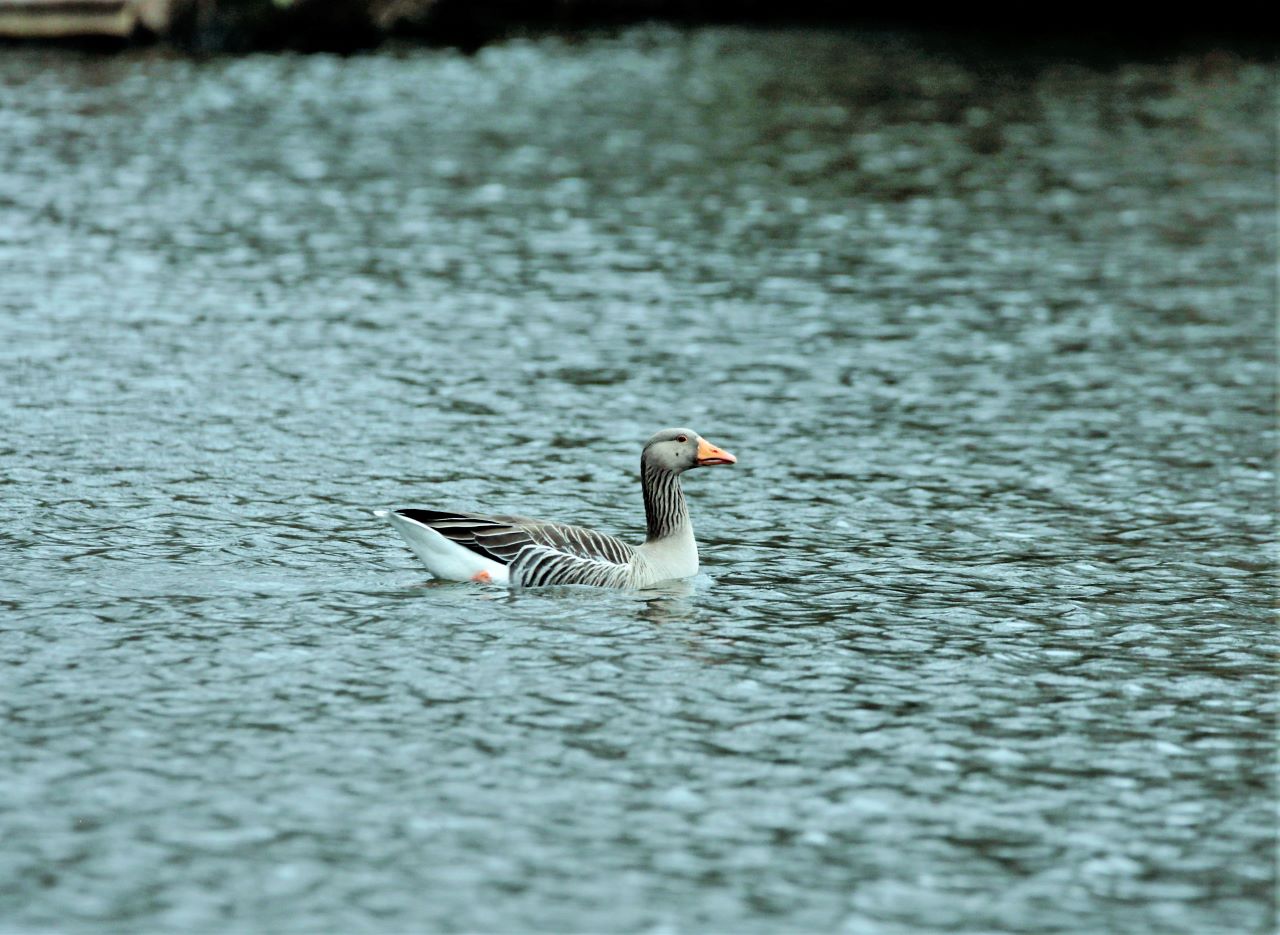

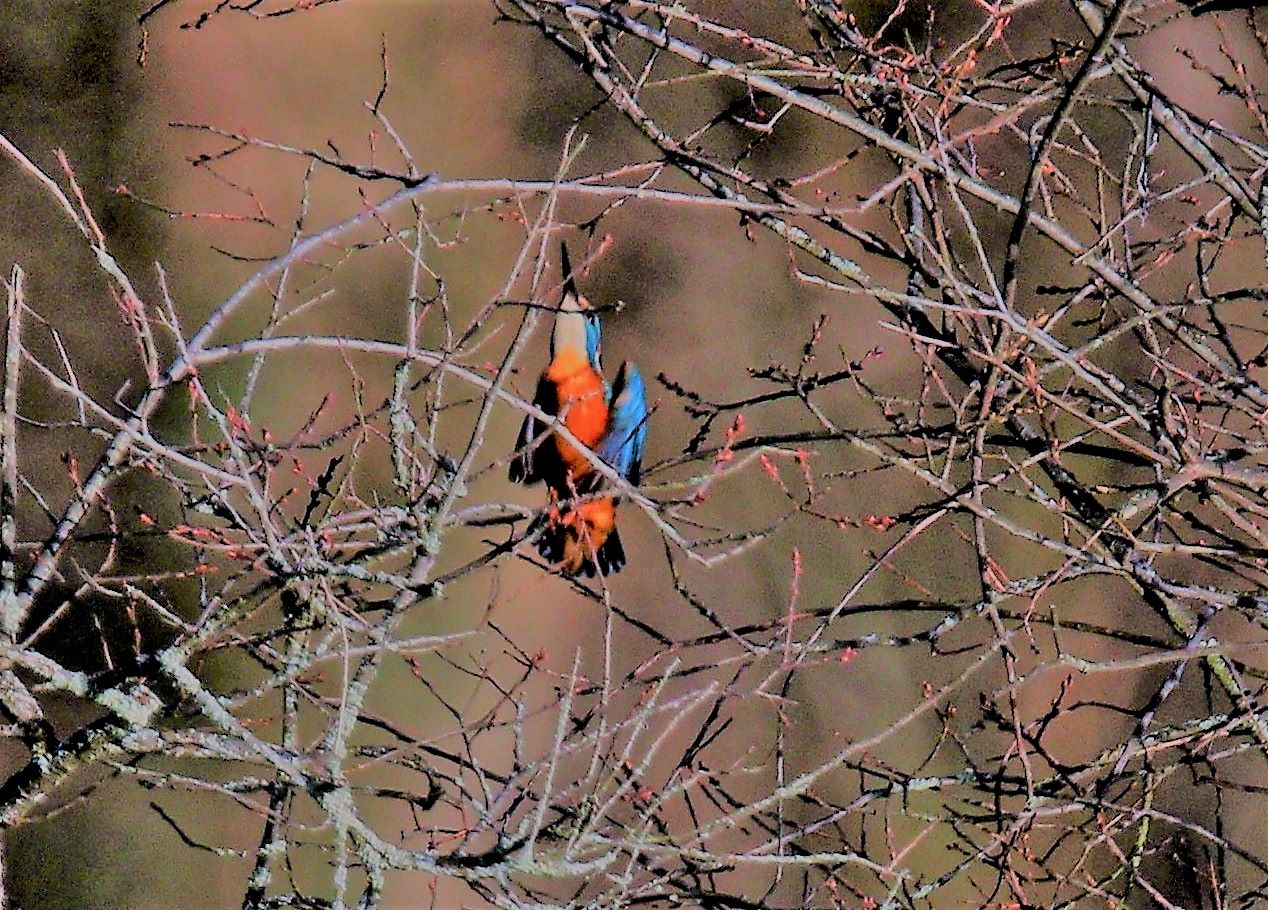


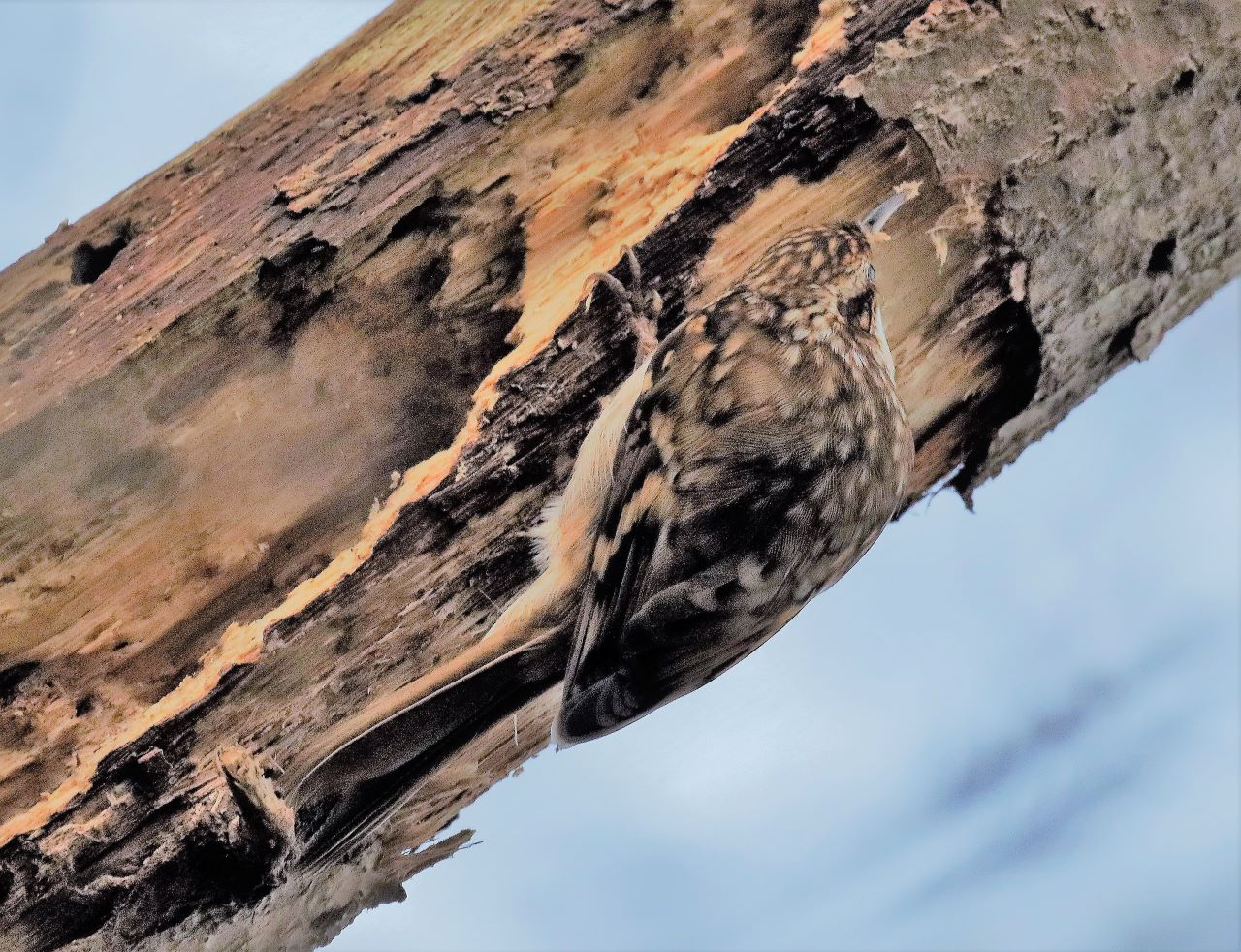
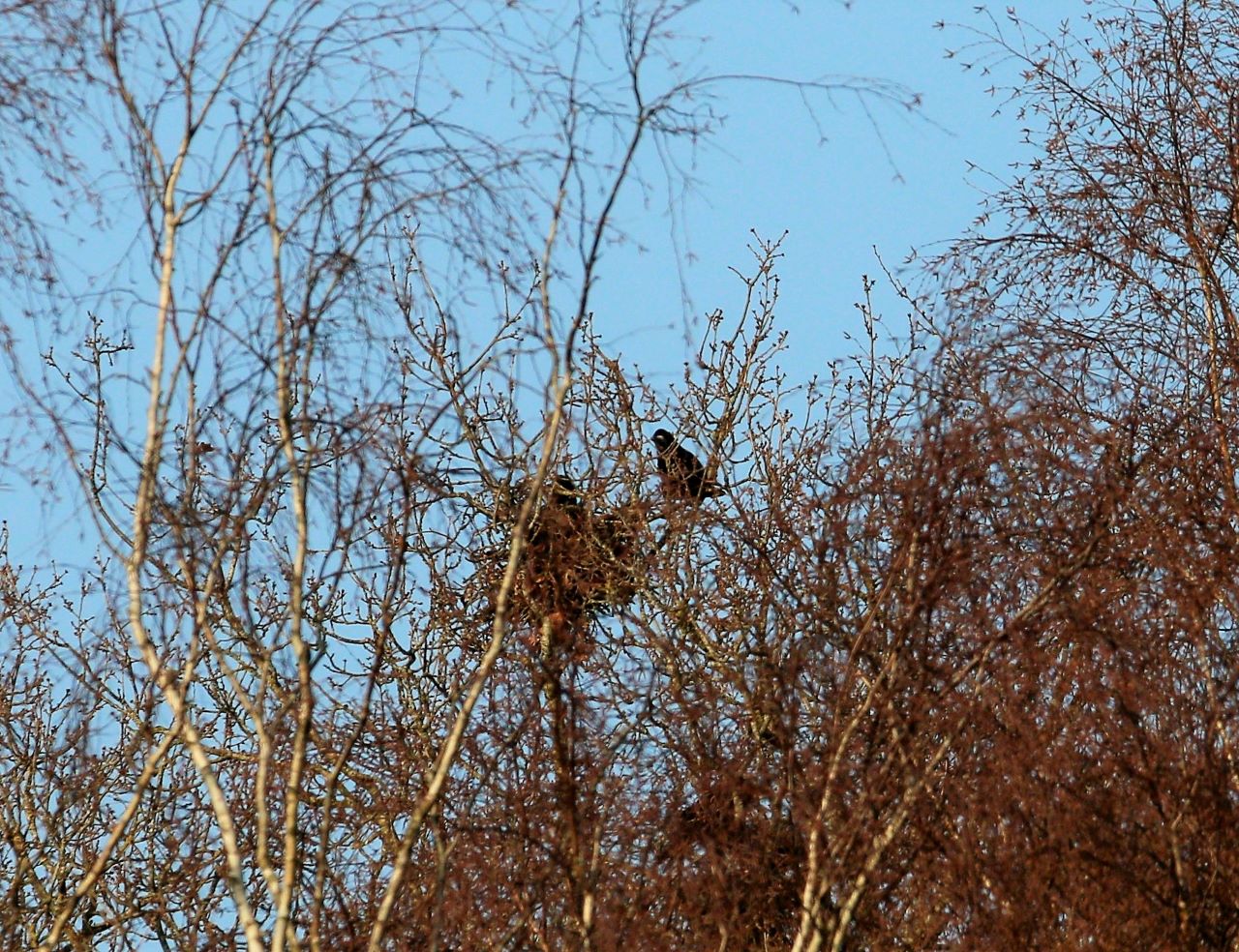
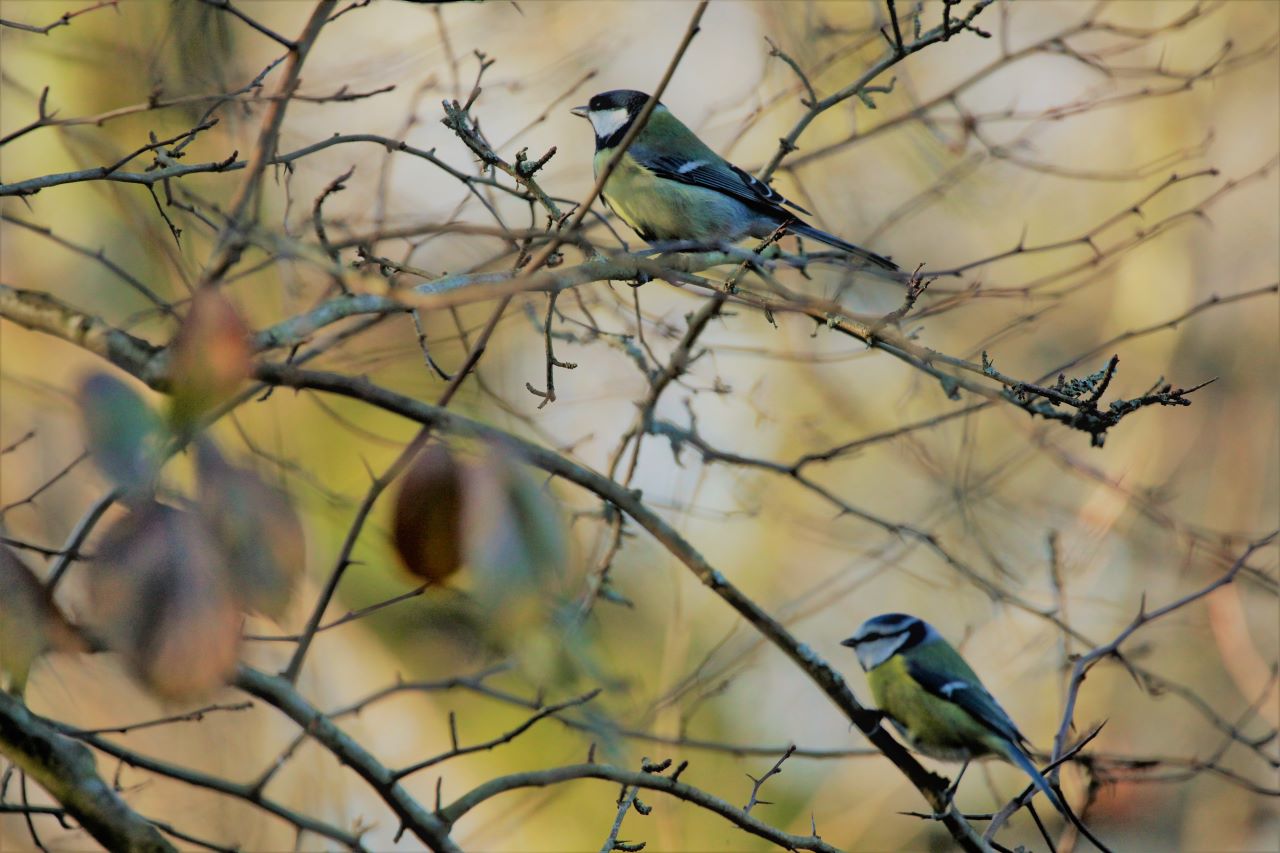
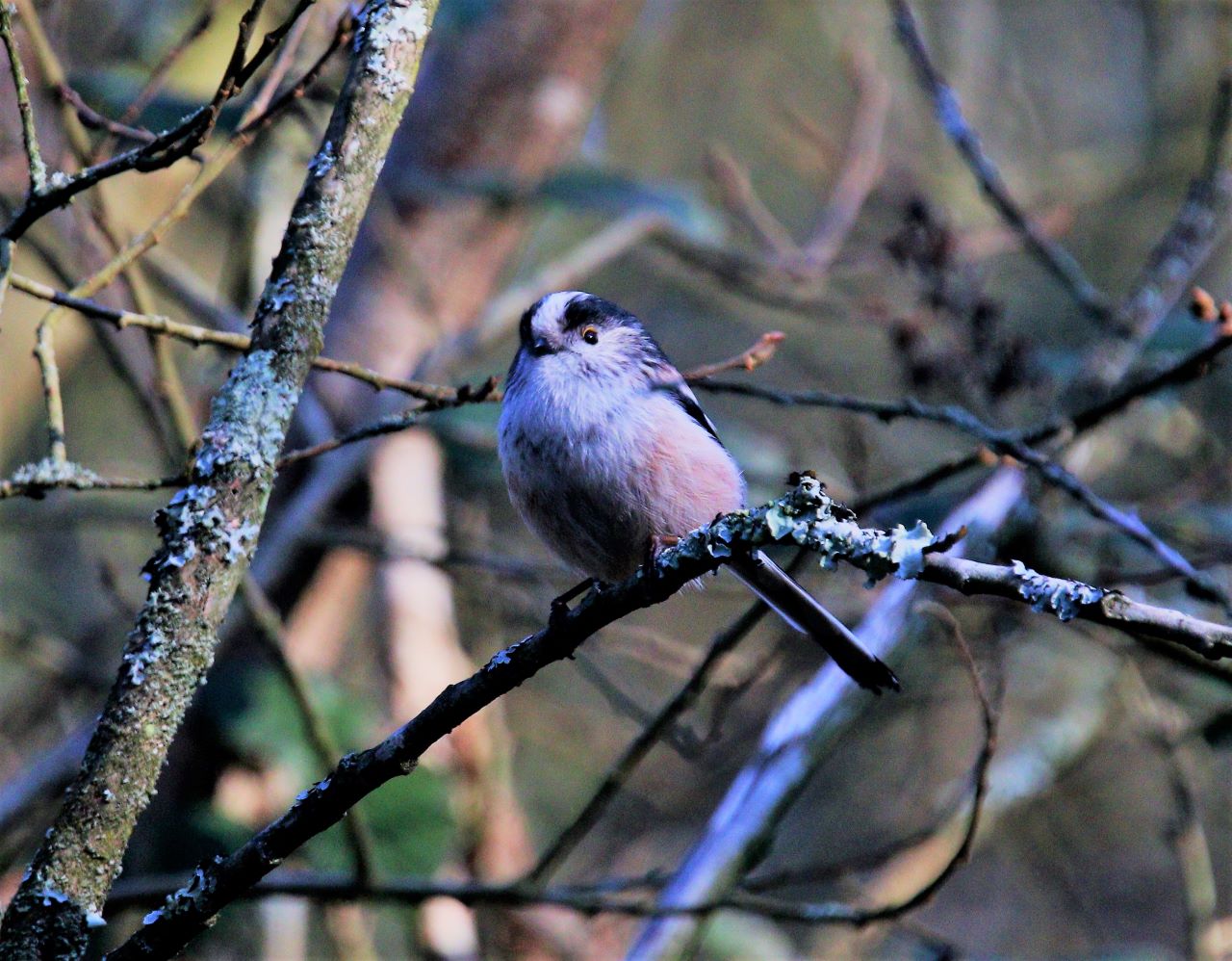
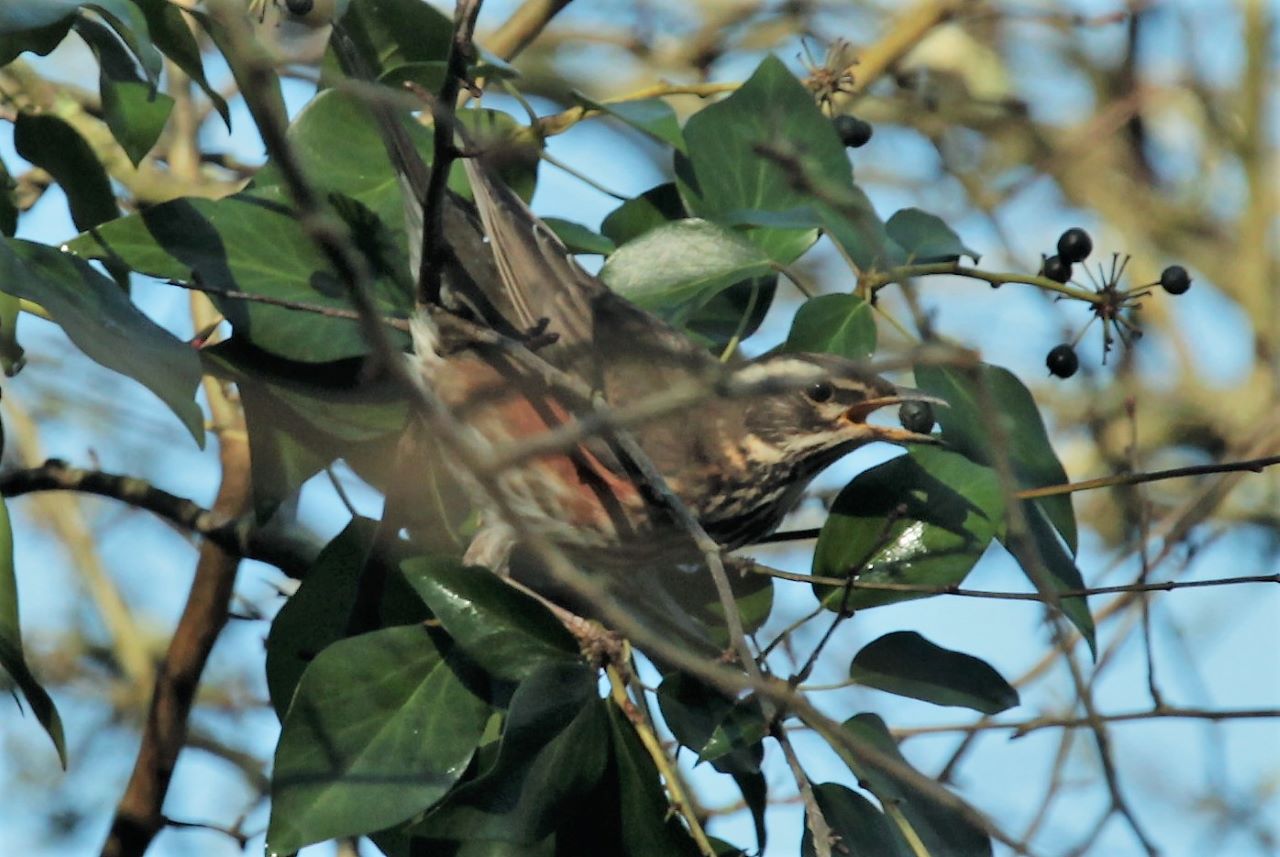
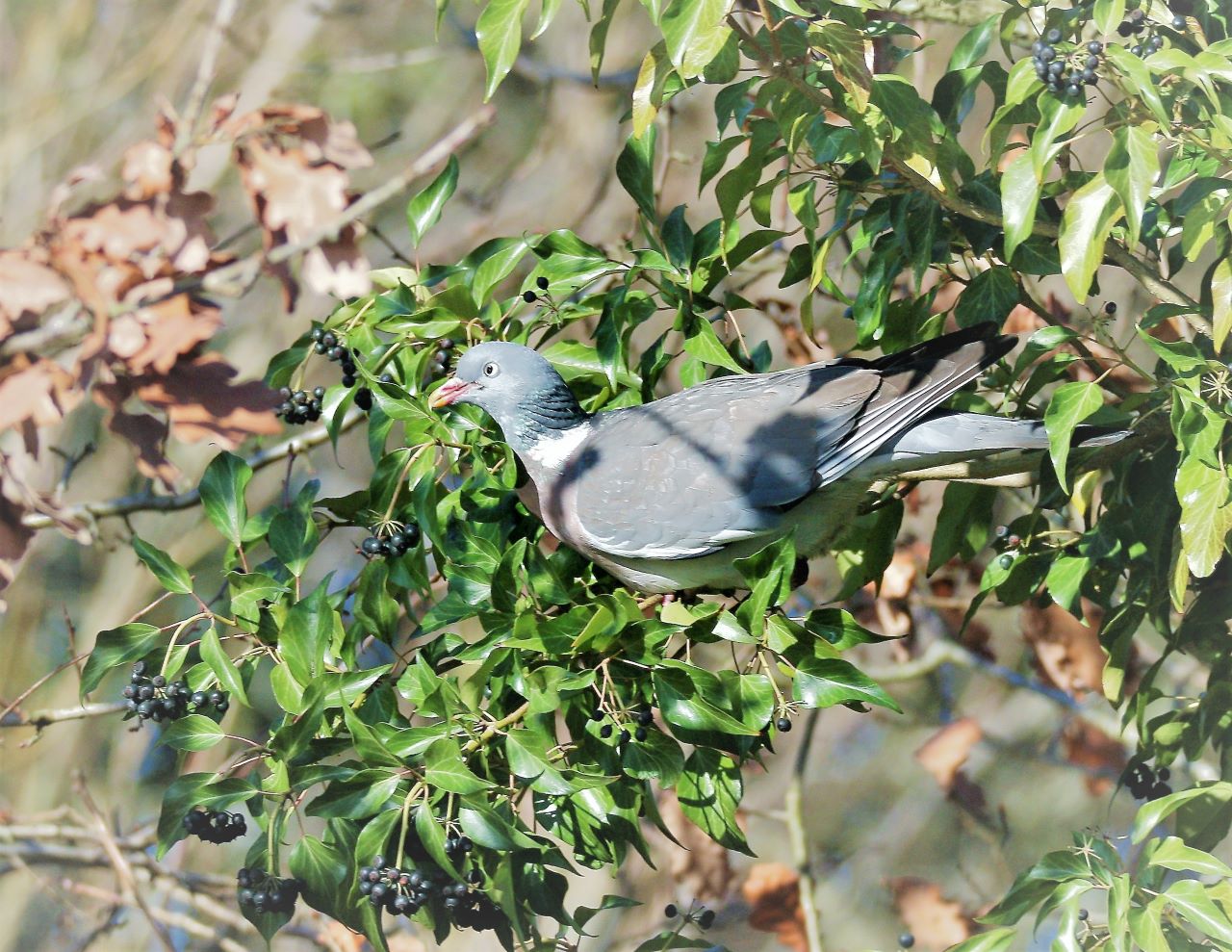
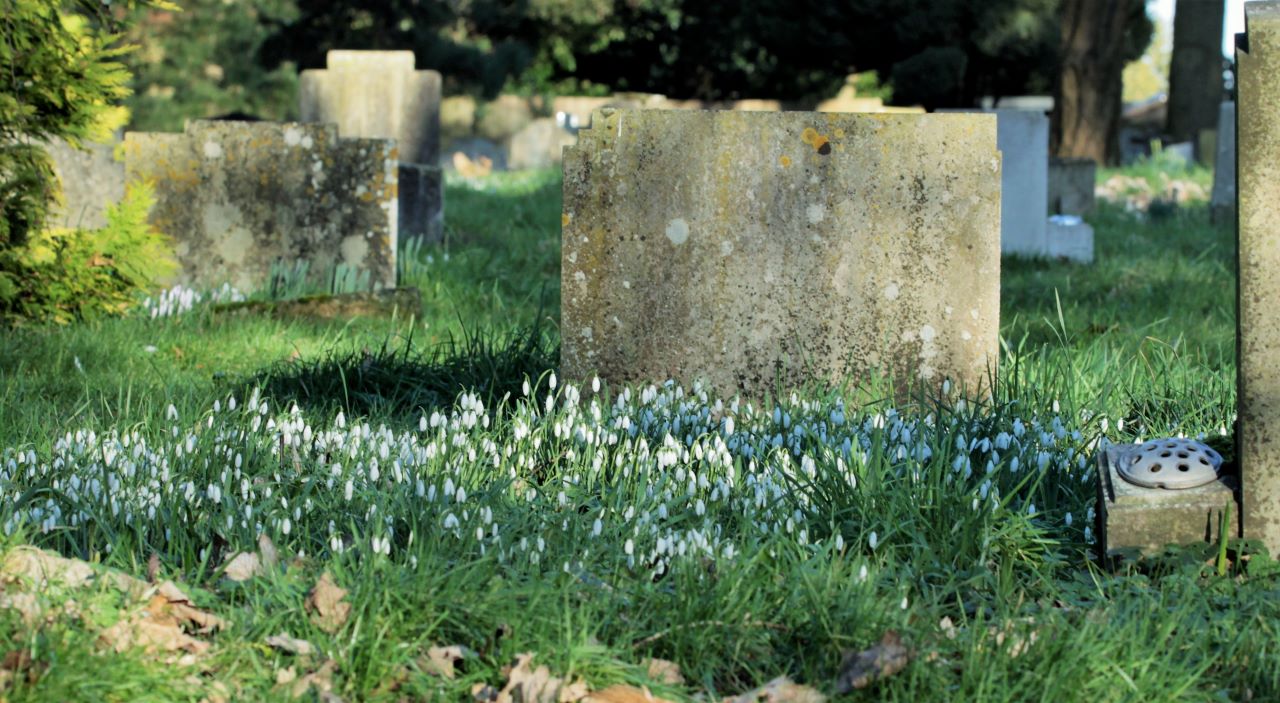
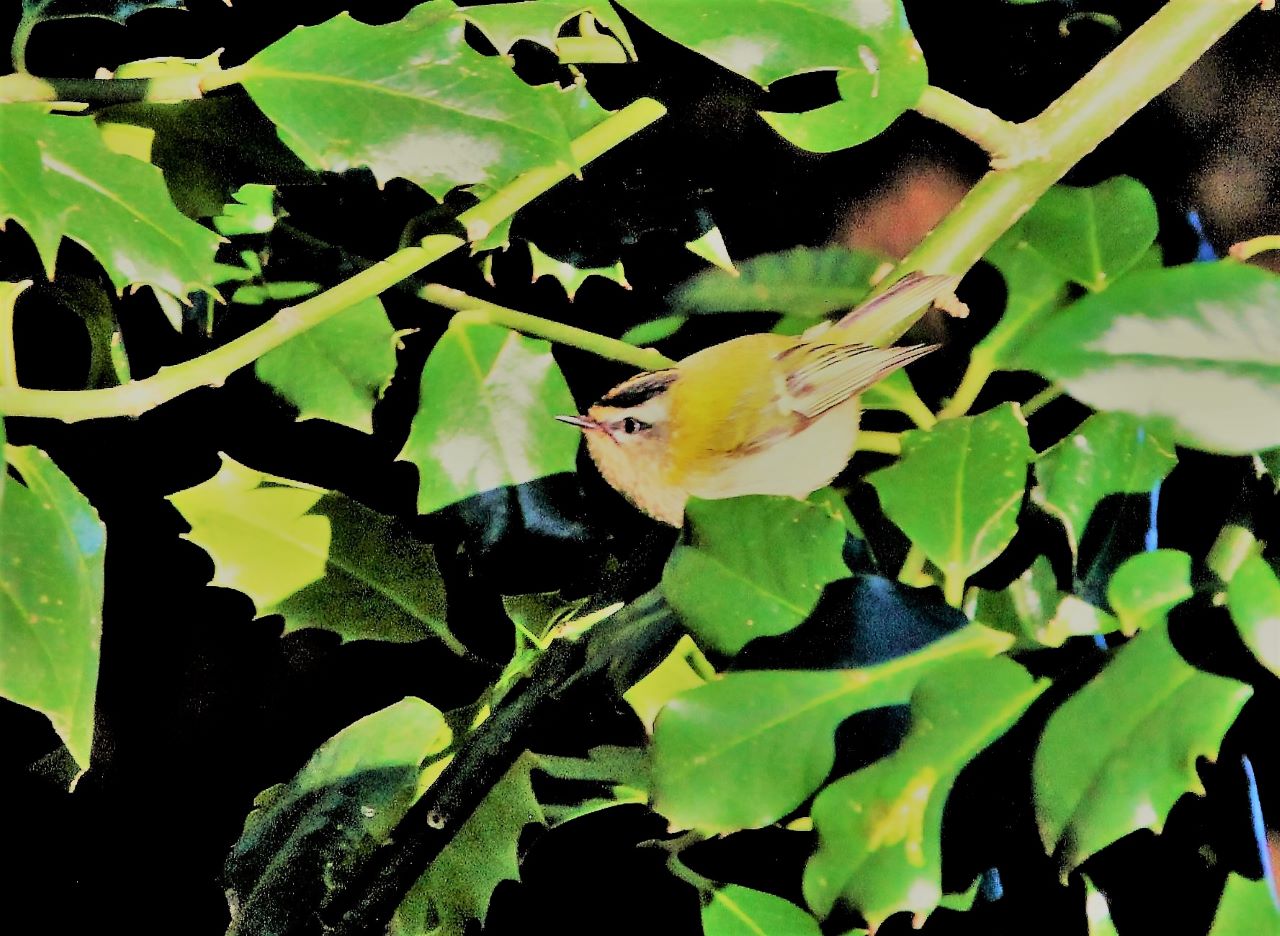
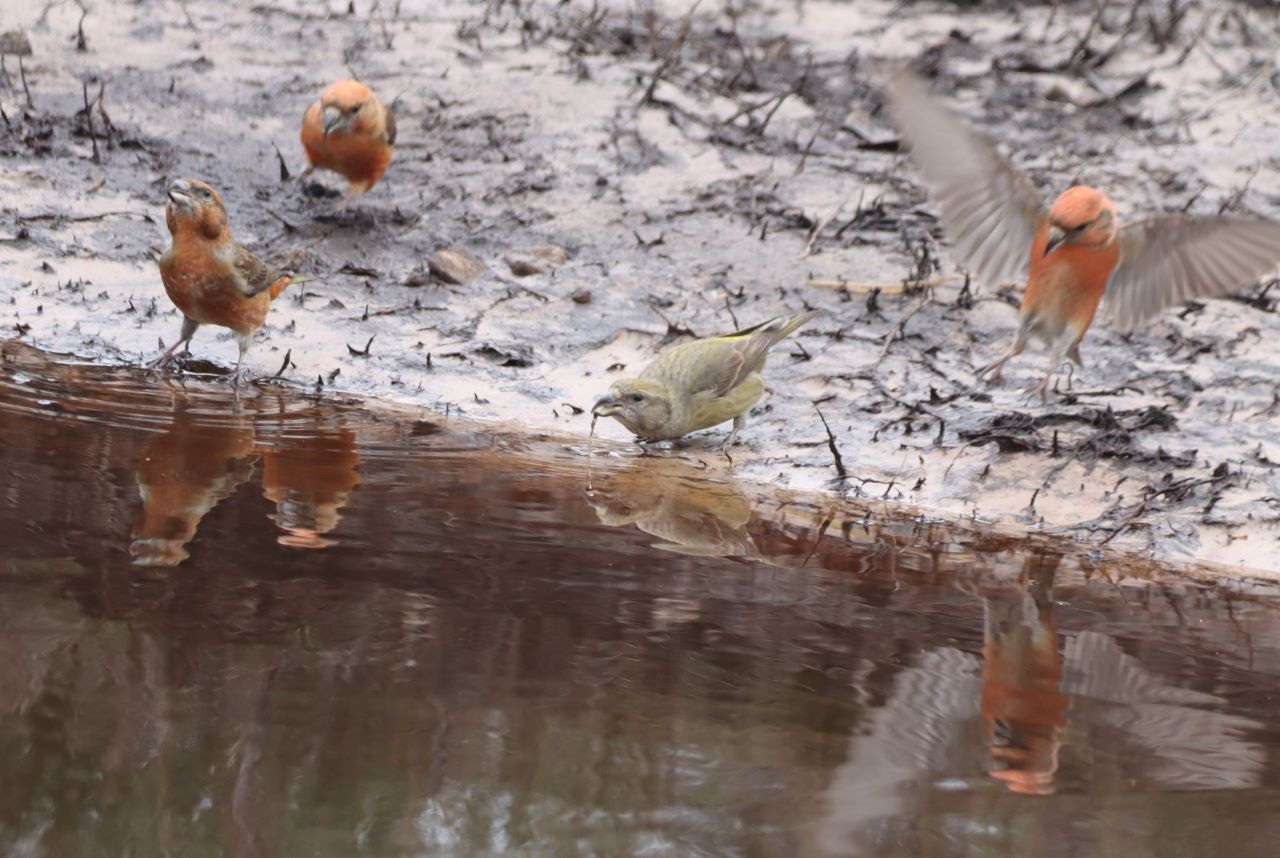

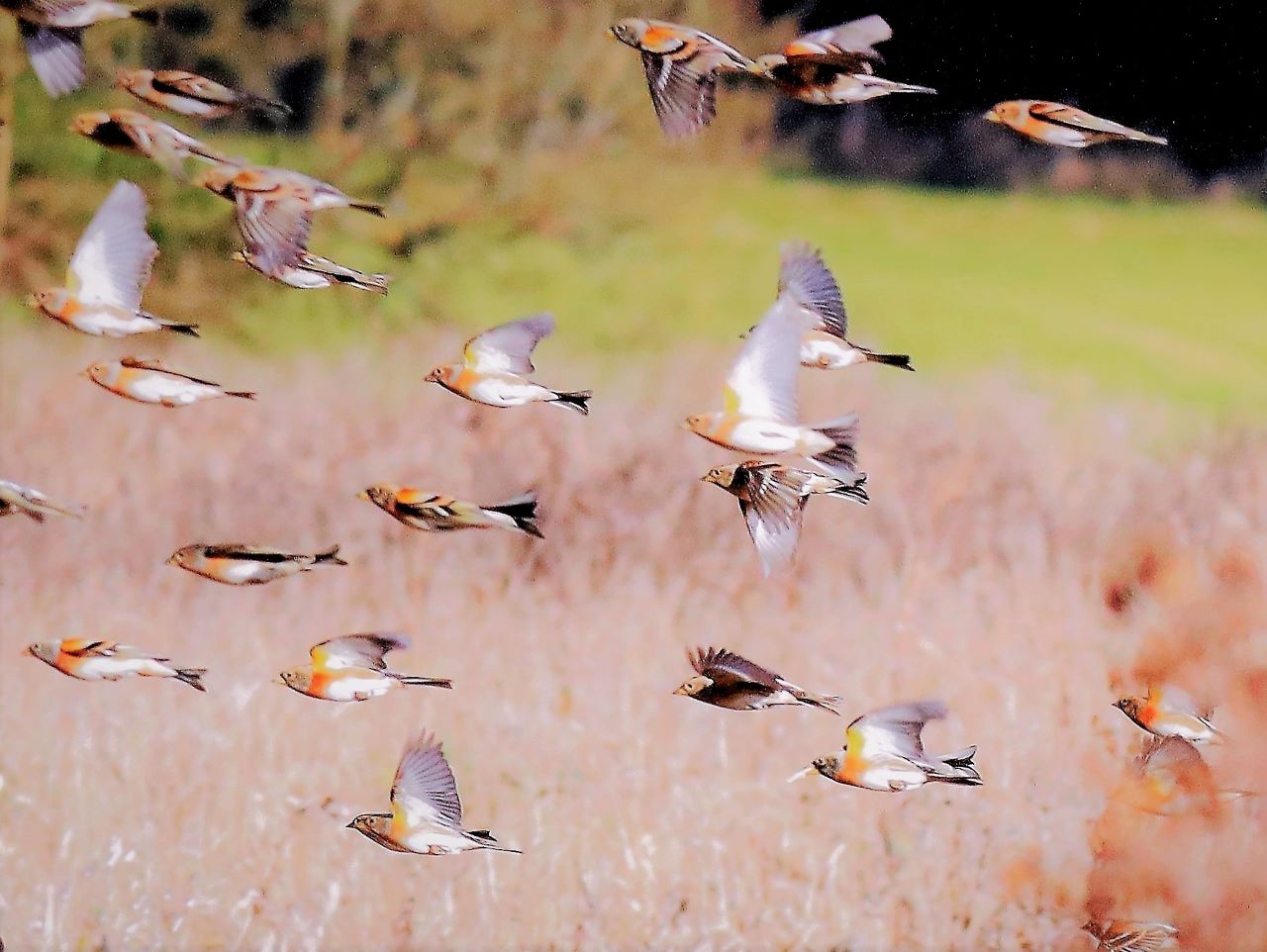
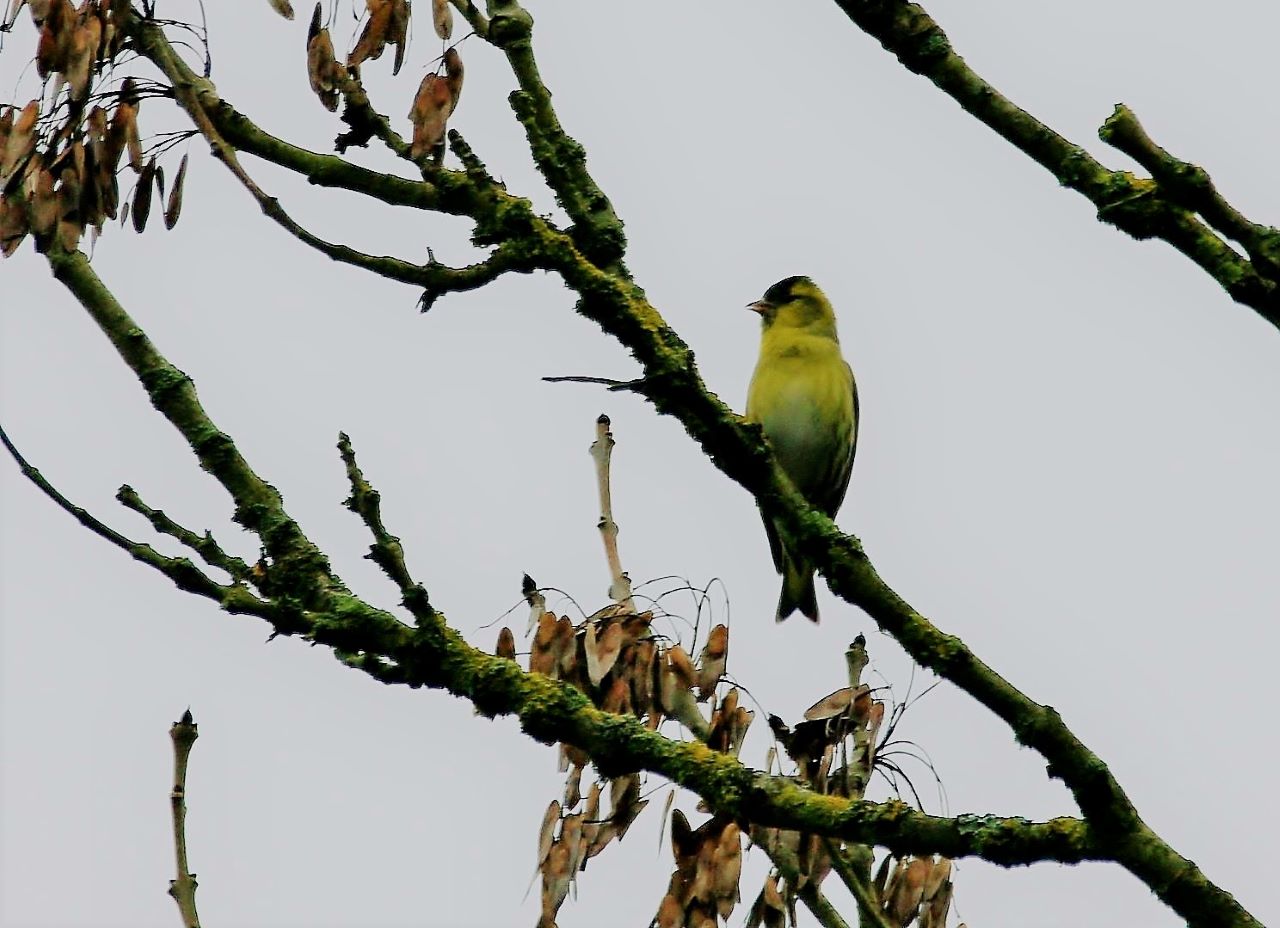

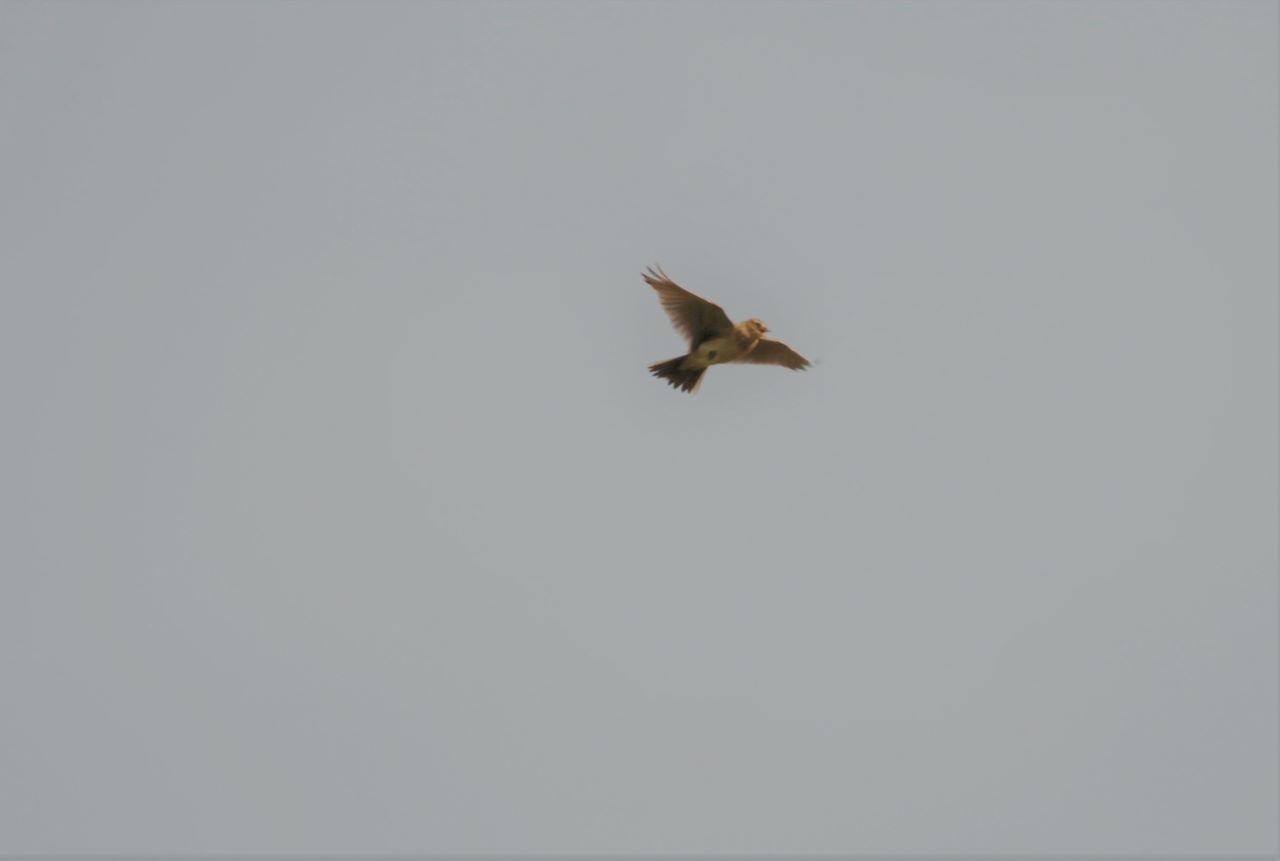


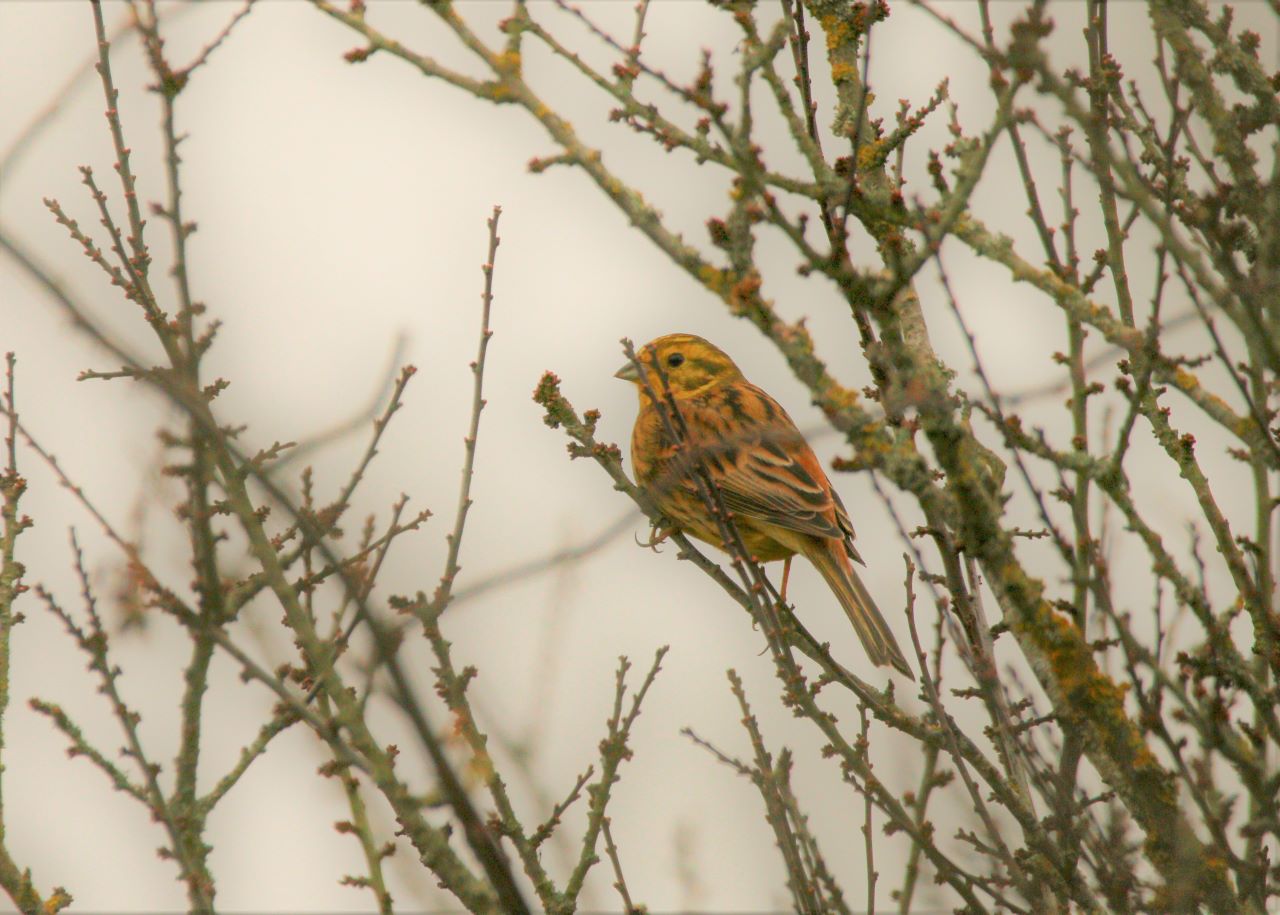




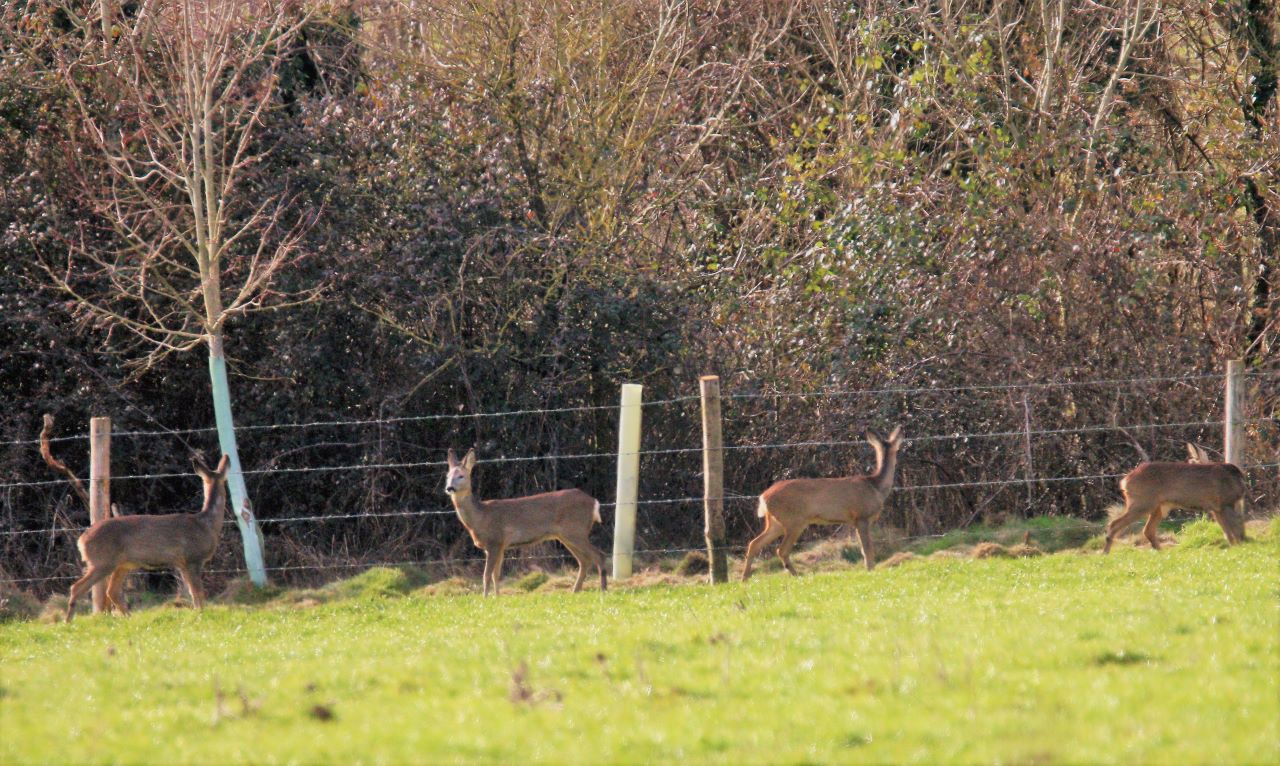









Roland Dunster
February 19, 2023 at 2:37 pm
Although the drop in winter visitors is worrying, another lovely and uplifting Birdwatcher’s Diary instalment. Also, further proof that every green space is precious and biodiversity projects and nature-friendly farming work!
John Lomas
February 20, 2023 at 12:20 pm
I wonder if the winter visitor drop is partially due to global warming.
Birds from northern breeding grounds may not need to travel quite so far southwards as they used to, after all, and we are now seeing some summer visitors overwintering here or only going part way towards their traditional wintering sites.